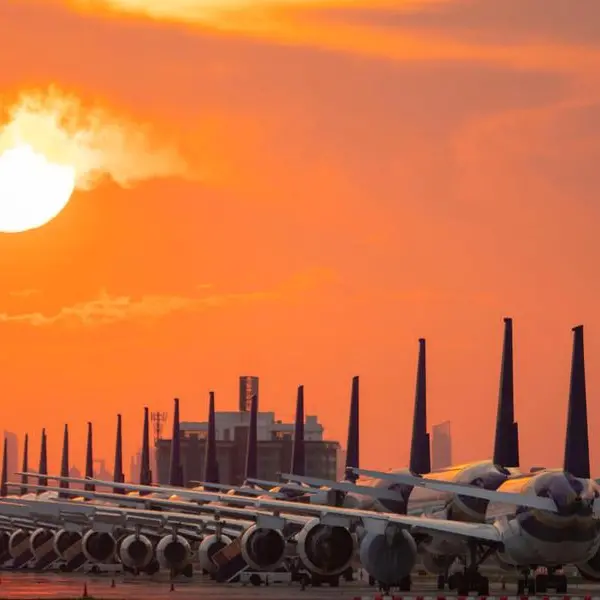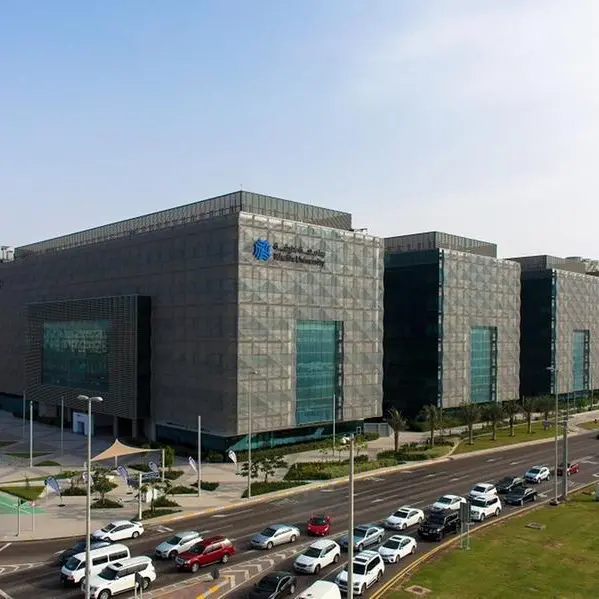PHOTO
By Santhosh V. Perumal
The Gulf Cooperation Council (GCC), which is planning to impose 5% value added tax (VAT) from 2018, could hike the rate to 10% in the future owing to sustained fiscal deficit for the next five years, according to BMI.
“Given our forecasts for oil prices to stay below $70 per barrel, we forecast most of the GCC to continue posting fiscal deficits over the next five years. It is, therefore, likely that VAT will be raised to 10% over the coming years, once the new laws are embedded and any compliance issues are resolved,” BMI, a Fitch company, said in a report.
Forecasting Brent prices to average $57 per barrel this year and $60 in 2018 – far lower than the $100-plus levels recorded in the years prior to the steep drop in oil prices in the second half of 2014, BMI said the modest price rise since early 2016 would give some respite to the GCC, but still the aggregate fiscal deficit is expected to be $183bn in 2017.
The fiscal space available to the Middle East and North Africa’s net energy exporters has been “drastically” reduced, it said, estimating that the GCC may post an average budget deficit of 11% of gross domestic product in 2016 and 8% in 2017, with Saudi Arabia, Bahrain and Oman suffering the largest shortfalls in revenue.
The introduction of a 5% VAT in the GCC in 2018 would have only a marginal effect on consumers and inflation, but also be an important step as the region seeks to increase non-oil revenues. The amount of revenue raised and the costs to growth will vary slightly across the GCC, BMI said, adding the UAE stands to gain the most from the VAT rollout.
According to the International Monetary Fund, the UAE would raise 2.1% of GDP from the tax, compared to 1.1% in Qatar and 2% in Kuwait.
The introduction of VAT is part of a far wider fiscal consolidation plan as the region deals with significantly lower oil revenues, with broader measures including subsidy cuts and public sector employment freezes.
There would be a range of exemptions, including on foodstuffs and other essential service sectors such as healthcare and education. Goods such as electronics, phones, cars, jewellery, restaurants and entertainment are would be included, along with financial services.
Highlighting that the inflationary impact from the VAT would be “minimal”, BMI said the 5% rate is small and an array of exemptions means it will hardly affect the major components of each country’s consumer price index basket, most notably food and beverages.
While economic growth is picking up (which would result in demand-pull inflation), real GDP growth is slated to remain subdued by historical standards, BMI said, adding the continued US dollar strength and interest rate hikes by the US Federal Reserve and followed by the GCC central banks would keep inflation in check.
However, “given our expectation for continued fiscal deficits, it is likely that the (VAT) rate will be raised over the coming years,” it said, adding VAT is a relatively easy tax to introduce and increase and does not have the same connotations as introducing an income tax – the general absence of which the GCC uses to attract expatriate workers.
“Any rise to 10% will raise almost double the revenue, but also have more of an economic effect. For consumer sectors across the region, there will be an impact. However, given the wealth of most consumers in the GCC, the impact will be marginal,” it said. For expatriates, it is not so much the introduction of VAT that would have an impact, rather the cumulative effect of subsidy cuts which have lowered the attractiveness of the region over the past few years, BMI said, highlighting that anecdotal evidence from Abu Dhabi shows costs in the emirate have risen significantly, while hiring from abroad has slowed considerably.
© Gulf Times 2017












